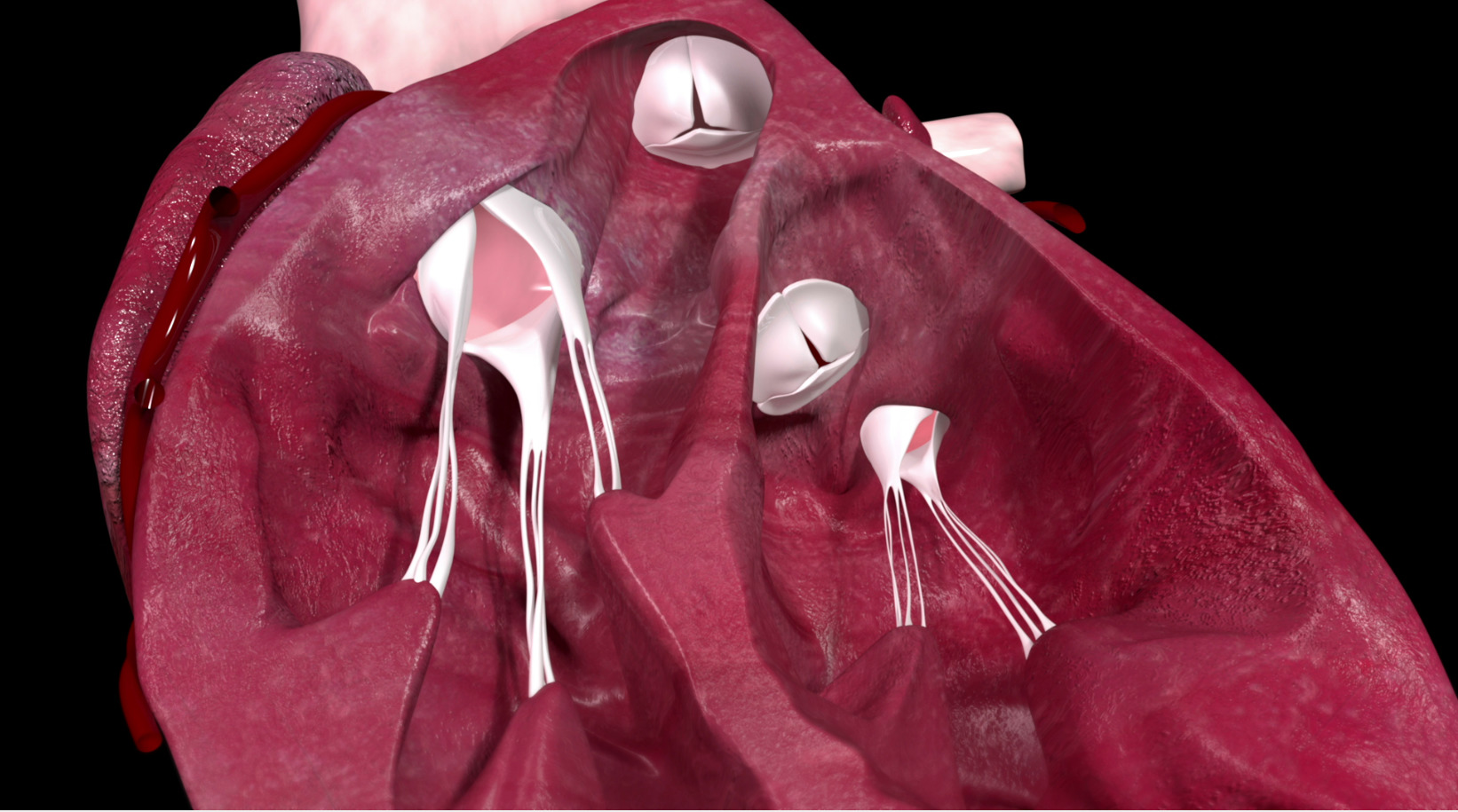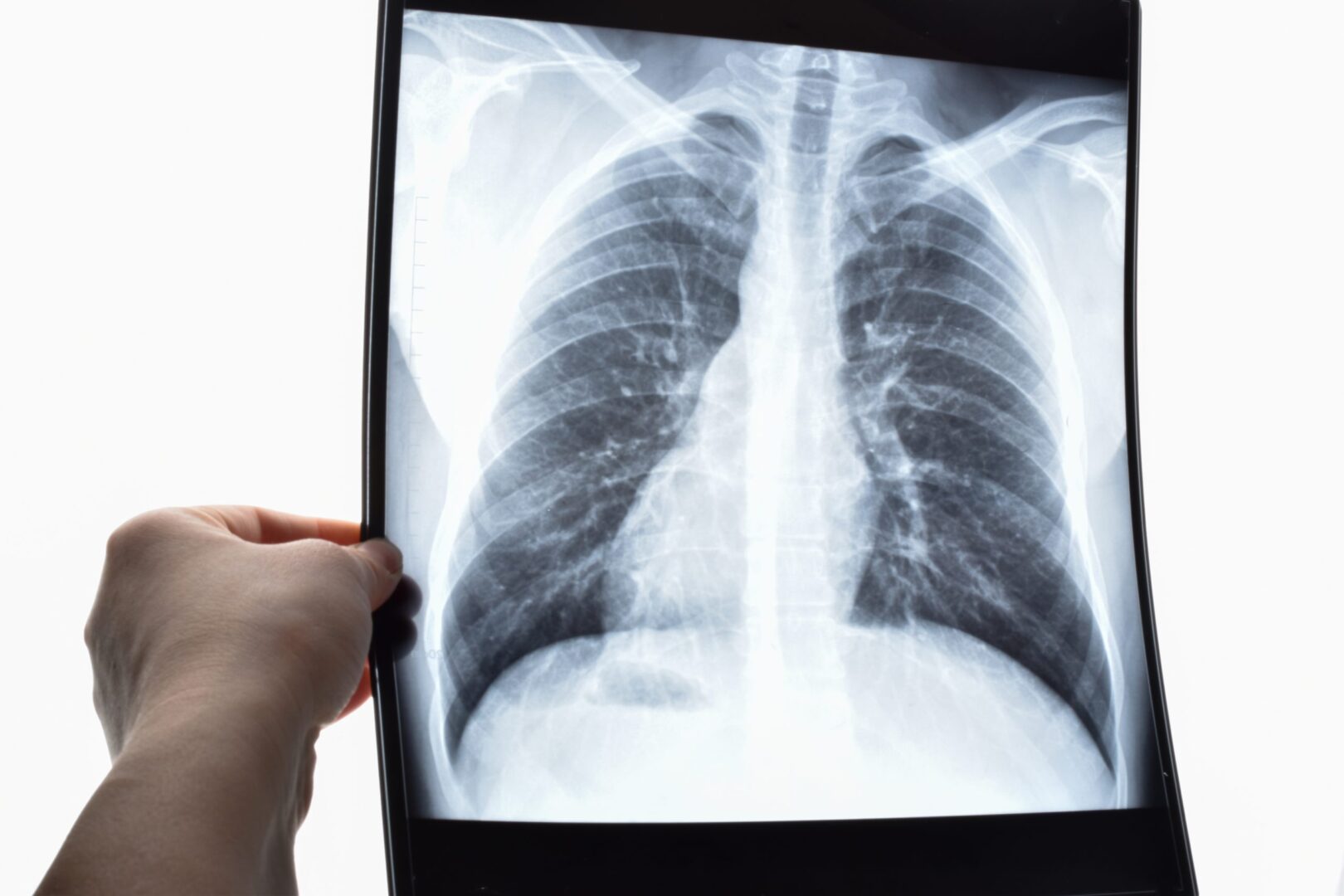Learning objectives
- Definition and causes of fetal distress
- Fetal monitoring
- Treatment and anesthetic management of fetal distress
Definition and mechanisms
- Fetal distress is a broad terminology to define a compromised fetus due to hypoxia
- Subclassification of fetal distress are:
- Fetal asphyxia: a non-reassuring fetal status due to a diminished but persisting gas exchange
- Fetal anoxia: complete cessation of gas exchange, which can be lethal in less than ten minutes
Causes of asphyxia
- Inadequate perfusion on the maternal side
- Maternal hypotension
- Aortocaval compression
- Interruption of gas exchange across the placenta
- Interruption of umbilical blood flow
- Cord compression
- Transient intermittent hypoxia caused by uterine contractions of normal labor
Fetal monitoring
- Fetal monitoring aids in detecting fetal distress through alterations in the fetal heart rate or scalp blood gases
- Modalities of fetal monitoring are:
- External heart rate monitoring
- Ultrasound scanning
- Doppler ultrasound
- Cardiotocography
- Internal heart rate monitoring
- Fetal scalp electrodes
- Fetal acid-base status
- External heart rate monitoring
- Fetal heart rate, baseline variability, and decelerations are used to assess characteristic and pattern changes in the fetal heart rate
- The normal fetal heart rate is between 110 and 160 beats per minute
- Persistent fetal tachycardia and bradycardia can be associated with fetal hypoxia, however, fetal bradycardia is the most common cause
- Possible causes of tachycardia are fever, chorioamnionitis, anticholinergic agents, beta-sympathomimetics, or fetal anemia
- Possible causes of bradycardia are congenital heart block or beta-adrenergic blocking agents
- Early decelerations occur simultaneously with uterine contractions and usually are less than 20 bpm below the baseline
- Early decelerations are not ominous
- Late decelerations begin 10 to 30 seconds after the beginning of a uterine contraction and end 10-30 seconds after the end of the uterine contraction
- Late decelerations represent a response to hypoxia
- The normal fetal heart rate is between 110 and 160 beats per minute
- Fetal acid-base status can be obtained from the scalp
- It is used to exclude or confirm fetal acidosis
- A pH of 7.2 is considered abnormal and urgent delivery should be arranged
- Relative contra-indications for fetal scalp blood pH sampling are intact membranes, infections (HIV, herpes, herpes simplex), and fetal coagulopathy
Signs of fetal distress
- A Nonreasurring fetal heart rate pattern
- Repetitive late decelerations
- Loss of fetal beat-to-beat variability
- Sustained fetal heart rate < 80/min
- Fetal scalp pH < 7.0
- Meconium-stained amniotic fluid
- Intrauterine growth restriction
Anesthetic management
- 4 categories were defined to classify an emergency caesarean section:
| Category | Risk to mother and/ or baby | Indication | Target time for decision to delivery interval (DDI) |
|---|---|---|---|
| 1. Emergency | An immediate threat to life | An immediate threat to the life of the woman or fetus (e.g. severe foetal bradycardia, cord prolapse, uterine rupture, foetal blood sample pH ≤7.2) | ≤30 minutes |
| 2. Urgent | Maternal or fetal compromise | No immediate threat to life of woman or baby (e.g. APH, failure to progress) | ≤75 minutes |
| 3. Scheduled | Time for procedure to be scheduled | Requires early delivery (e.g. intrauterine growth retardation, failed induction of labor) | In the interests of mother and baby |
| 4. Elective (Management see above) | No maternal or fetal compromise | At a time to suit the woman and maternity services (breech, previous CD) | Usually after 39 weeks of gestation if possible |
- General anesthesia is the preferred anesthetic technique for life-threatening conditions (category 1) unless epidural anesthesia can be established by using a pre-existing epidural catheter
- Regional anesthesia is preferred if there is an urgent but non-life-threatening condition (category 2-4)
- See also caesarean delivery
Suggested reading
- Morgan and Mikhail’s clinical anesthesiology (2022). McGraw Hill Medical. Chapter 41.
- Caesarean birth NICE guidelines (2021). Available at: https://www.nice.org.uk/guidance/ng192.
- Omotayo, Rotimi & Akinsowon, OR & Bello, EO & Olumide, Akadiri & Akintan, AL & Omotayo, SE. (2019). Fetal distress, options of anesthesia, and immediate postdelivery outcome at state specialist hospital Akure. Tropical Journal of Obstetrics and Gynaecology. 36. 424.
We would love to hear from you. If you should detect any errors, email us customerservice@nysora.com







